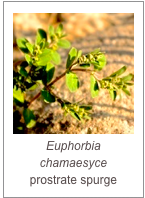Cytinus ruber
Synon: C. hypocistis subsp. celsii
No common English name Μη διαθέσιμη

Rafflesiaceae family Dicot.
Cytinus ruber
Synon: C. hypocistis subsp. celsii
No common English name Μη διαθέσιμη

Rafflesiaceae family Dicot.
Found, hidden beneath cistus bushes, in spring are the curious flowers of Cytinus ruber. This parasitic plant has no roots, no stem and no green leaves, but for most of its life cycle it is contained within and gains all its nourishment from the roots of the pink rock rose, Cistus creticum. In spring it emerges as clusters of small white flowers each surrounded by red leaves. The flowers are pollinated by ants which visit to collect pollen and the seeds are distributed by beetles, which feed on the dust like seeds.
Considered by some botanists to belong to a family of other parasitic plants, the Rafflesiacea, it is thought by others to belong to the Cytinaceae, a small family of four taxa. Two are found in Greece Cytinus ruber and C. hypocistis, which is very similar but flowers are yellow and it is parasitic on C. Parviflorus or C. salviiflolius; it does not occur on Skopelos.





Cytinus - from Greek kytos ( κύτος) hollow vessel
rubor - from latin rubor - red